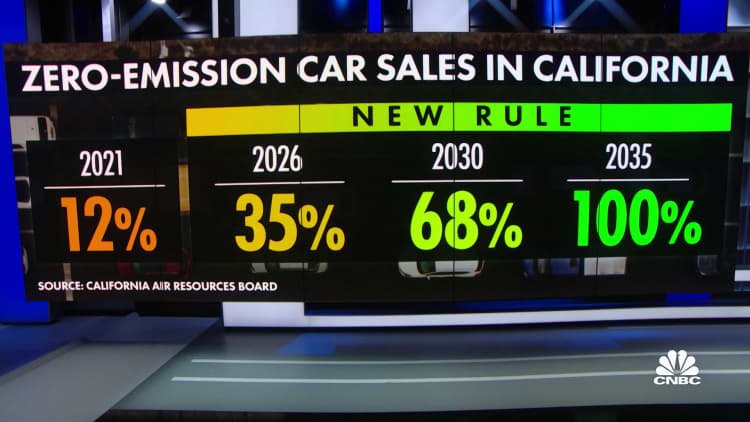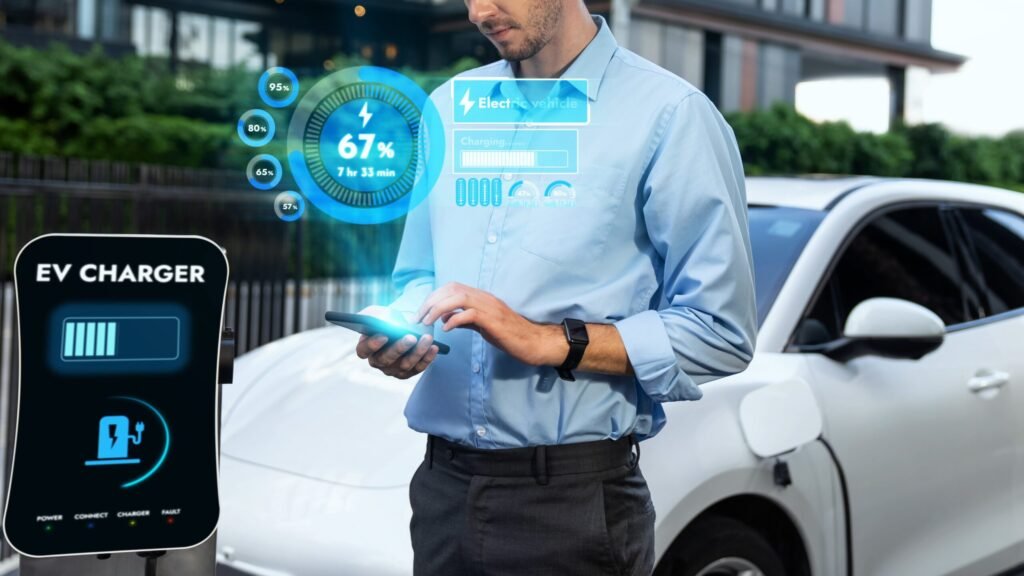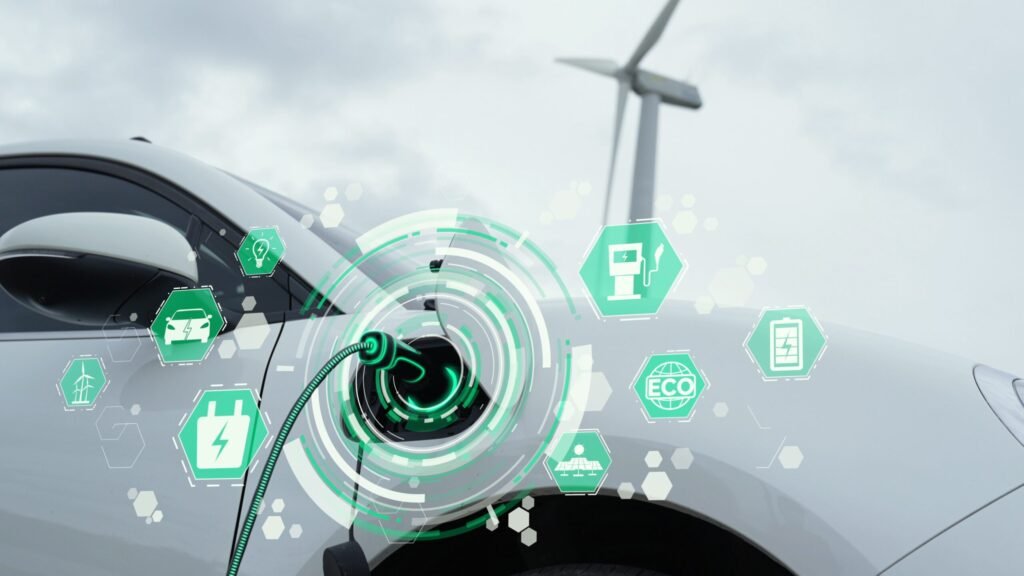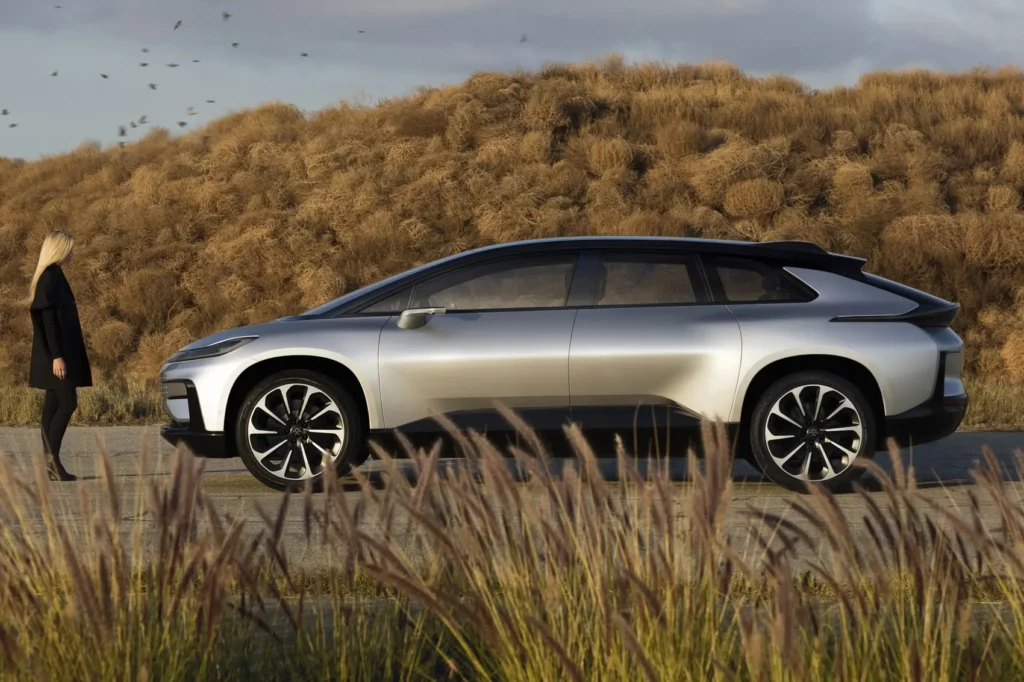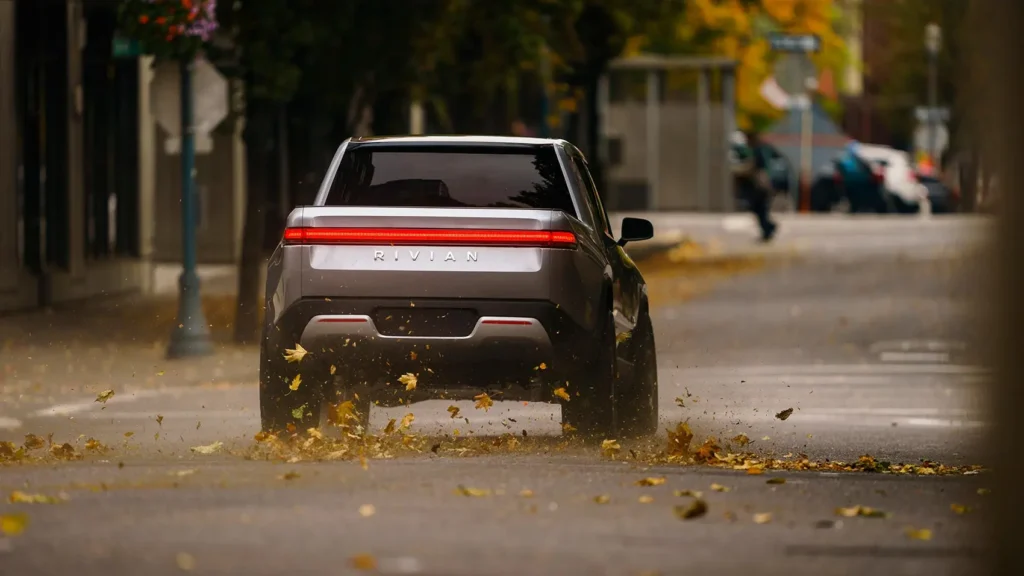California’s 2035 Electric Car Ban Just Got Crushed: What This Means for Your Next Car Purchase
Will you still be able to buy a gas car in California? The shocking Senate vote that changes everything for EV buyers.
Published by VoltDriveHub.com | July 2025
If you’ve been planning to buy your last gas-powered car before California’s 2035 electric vehicle mandate kicks in, you might want to hit the brakes. The U.S. Senate just threw a massive wrench into California’s ambitious EV timeline – and it could completely change your car-buying decisions for the next decade.

The Senate Vote That Shocked the EV World
In a nail-biting 51-44 vote this May, the U.S. Senate used a rarely-deployed legal weapon called the Congressional Review Act (CRA) to essentially kill California’s Clean Air Act waivers. Think of these waivers as California’s “special permission slip” to set tougher emission standards than the rest of the country.
Here’s what just got axed:
- California’s ban on new gas cars by 2035
- Zero-emission requirements for trucks and buses
- Stricter pollution limits for commercial vehicles
This isn’t just paperwork – it’s the first time Congress has successfully blocked California’s environmental authority like this. Ever.
Why California Had Special Powers in the First Place
Since 1967, California has been the exception to federal emission rules. Why? Simple: their air was so bad that federal standards weren’t enough. Los Angeles smog was literally killing people.
The Clean Air Act gave California unique authority to set stricter standards, and here’s the kicker – other states can choose to follow California’s rules instead of federal ones. Currently, 11-17 states plus Washington D.C. have adopted California’s standards, representing about 40% of the entire U.S. car market.
That’s not just California anymore – that’s nearly half of American car buyers.

The EV Timeline That Just Got Derailed
California’s Advanced Clean Cars II rule wasn’t messing around:
2026: 35% of new cars must be electric or hybrid 2030: 68% zero-emission requirement 2035: 100% – no more gas cars sold
For trucks and buses, the timeline was even more aggressive, with complete diesel bans starting in the 2030s.
If you’re keeping score at home, that’s less than 11 years to completely transform how Americans buy cars. Or was – until this Senate vote.
The Legal Battle That’s About to Get Messy
Here’s where it gets interesting (and complicated). Legal experts are calling this Senate vote everything from “genius” to “completely illegal.”
The problem? The Congressional Review Act is designed to overturn recent federal regulations – but California’s waivers aren’t exactly “regulations.” They’re more like individual approvals. Plus, these waivers were issued outside the CRA’s normal 60-day review window.
Even the Government Accountability Office says the CRA doesn’t apply to waivers. But the Senate did it anyway.
California Governor Gavin Newsom isn’t taking this lying down. He’s already promised immediate lawsuits, calling the Senate’s move an “unconstitutional attack” and accusing Republicans of “doubling down on stupid.”
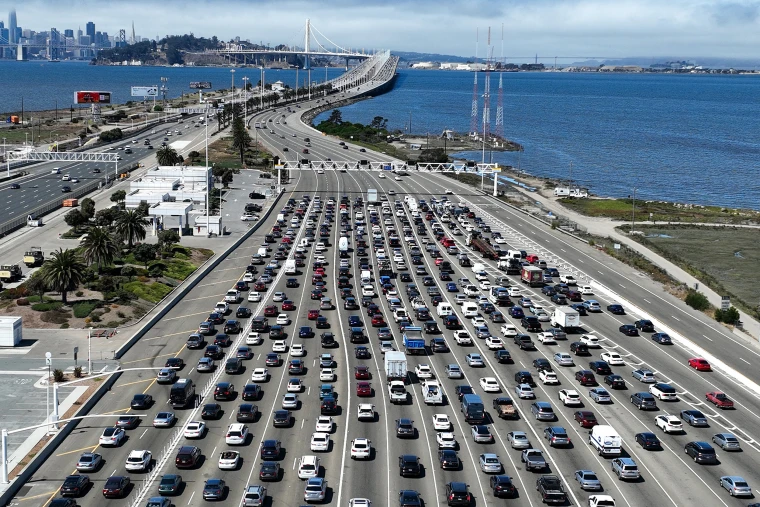
What This Means for Your Wallet
Whether you’re team gas or team electric, this affects your next car purchase:
If you love gas cars: You might get a reprieve from being forced into an EV, but don’t celebrate yet – the legal battle could drag on for years.
If you’re going electric: Federal EV incentives could become more important than ever, and automakers might focus more on national markets than California-specific models.
If you’re undecided: You’re about to watch the biggest political fight over cars in decades. Buckle up.
The Hidden Players in This Drama
This isn’t just about California versus Washington. The auto industry is split:
- Tesla and EV startups generally support California’s aggressive timelines
- Traditional automakers are relieved about potential delays, saying the 2035 deadline was unrealistic
- Oil companies are quietly celebrating what could be a major victory
Even within California, EV sales have plateaued around 25% – falling short of the 35% target for 2026. That’s giving ammunition to critics who say the timeline was too ambitious.
Why China Is Watching This Fight
Here’s a scary thought: while America fights over EV timelines, China is dominating global EV manufacturing. Critics warn that delaying California’s standards could hand China an even bigger advantage in the technology that’s reshaping the auto industry.
The irony? The same politicians who worry about Chinese competition are blocking the policies that could help American companies compete.

The Health Factor Everyone’s Ignoring
Lost in all the political drama is a simple fact: transportation is still California’s biggest source of air pollution. We’re talking about asthma, heart disease, and respiratory illnesses that disproportionately affect low-income communities.
California faces a $12 billion budget deficit, and if these waivers disappear, the state might have to spend billions more on incentives and rebates instead of simply requiring cleaner cars.
What Happens Next: The Legal Showdown
Trump is expected to sign the resolution soon, making it official. Then the real fireworks begin:
California’s lawsuit will likely argue:
- The CRA doesn’t apply to waivers
- The waivers were too old to qualify for congressional review
- The Senate violated its own procedural rules
Timeline: This could take months or years to resolve, possibly ending up at the Supreme Court.
Wild card: The Supreme Court has generally supported states’ rights to regulate emissions, but this Court is different from previous ones.
The Bigger Picture: What’s Really at Stake
This fight is about way more than cars. It’s about:
- State versus federal power: Can Congress unilaterally strip California’s unique authority?
- Climate policy: Will states or the federal government lead on environmental issues?
- Economic competition: Will America lead or follow in the EV revolution?
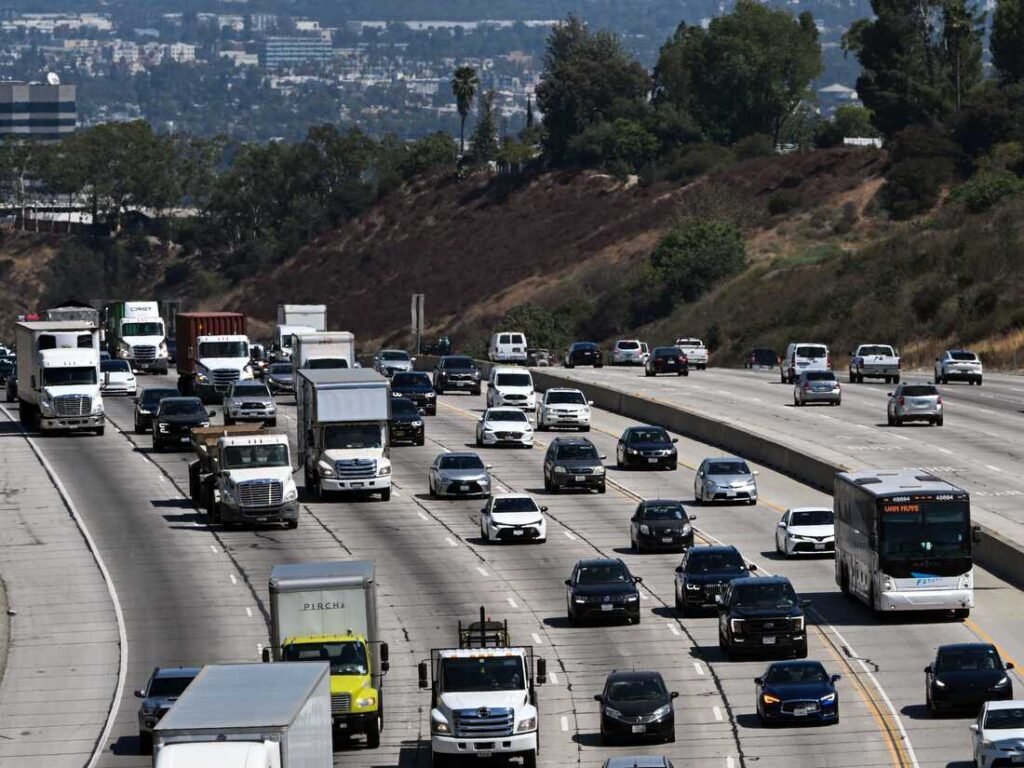
Your Action Plan: What to Do Right Now
If you’re shopping for a car:
- Don’t make major decisions based on this news alone – the legal battle is just beginning
- Consider that EV incentives might become more important than mandates
- Remember that automakers are still investing billions in electric vehicles regardless of regulations
If you’re an investor:
- EV stocks might see volatility as this plays out
- Traditional automakers could get a short-term boost
- Infrastructure companies (charging stations, etc.) face new uncertainty
If you’re a California resident:
- Your state will likely find other ways to promote clean vehicles
- Local air quality regulations aren’t going anywhere
- The used car market could see interesting changes
The Bottom Line: Uncertainty Rules
California’s dream of banning gas cars by 2035 just hit its biggest obstacle yet. But this story is far from over. The legal battle ahead could reshape American environmental policy for decades.
Whether you’re buying your last gas car or your first electric one, the next few months will determine what the American car market looks like for the next decade.
The real question isn’t whether California’s 2035 deadline will survive – it’s whether America will lead or follow in the global race to electrify transportation.
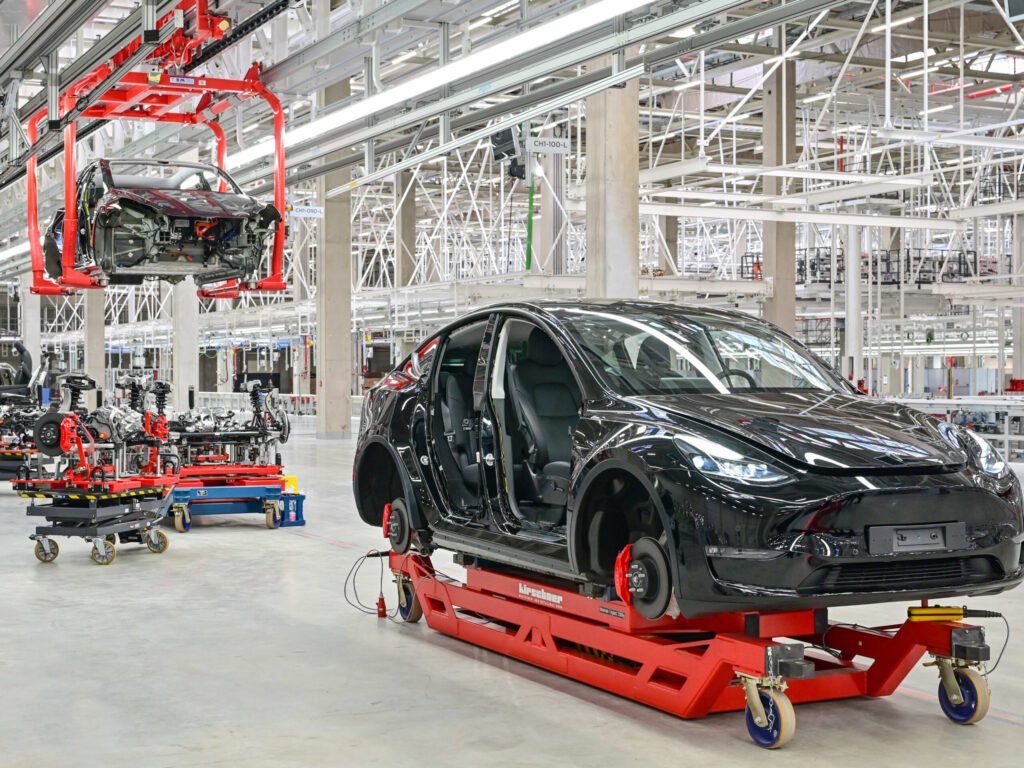
Stay updated on the latest EV news and policy changes at VoltDriveHub.com. Follow us for real-time updates on this developing story.
Related Articles:

